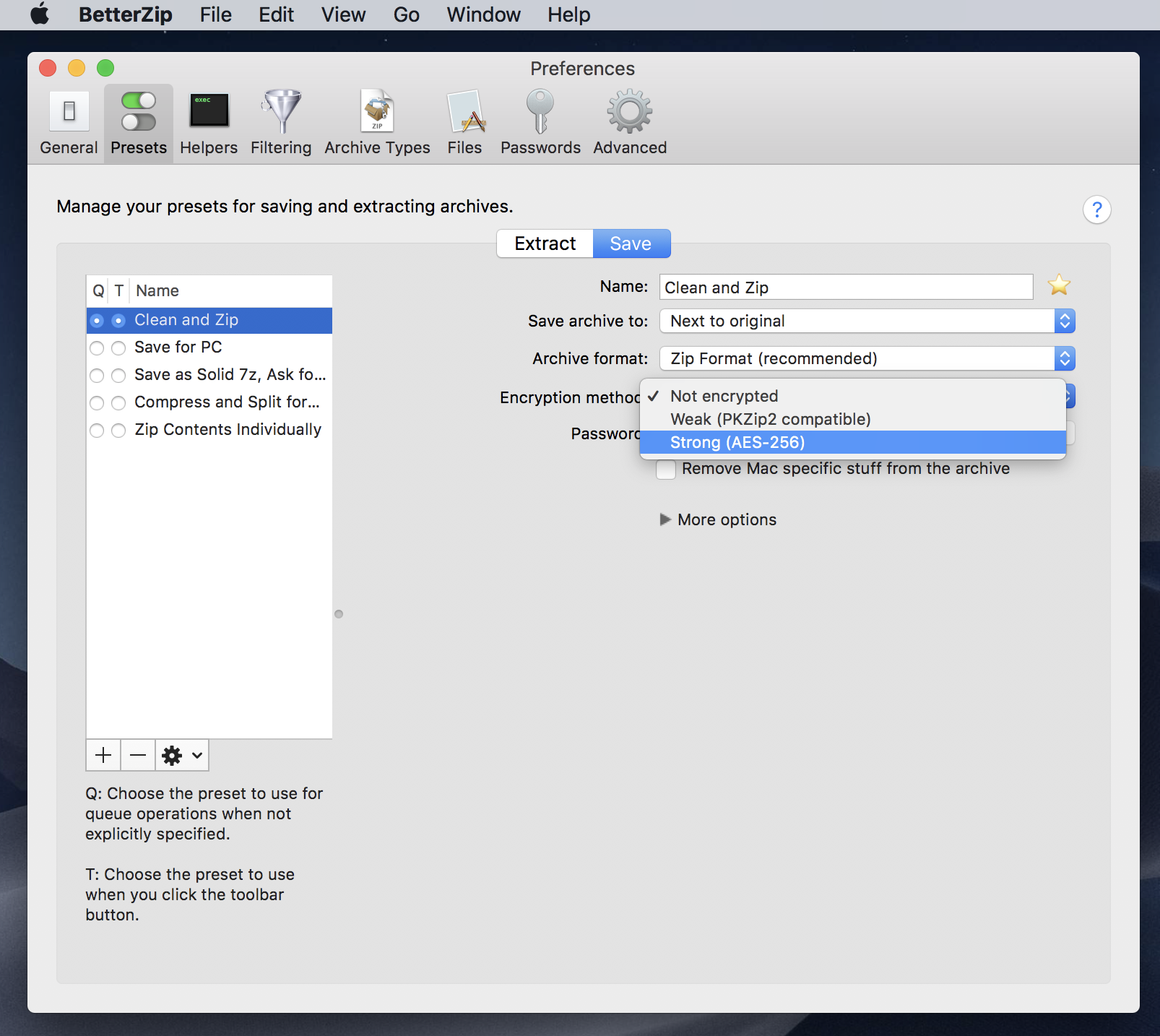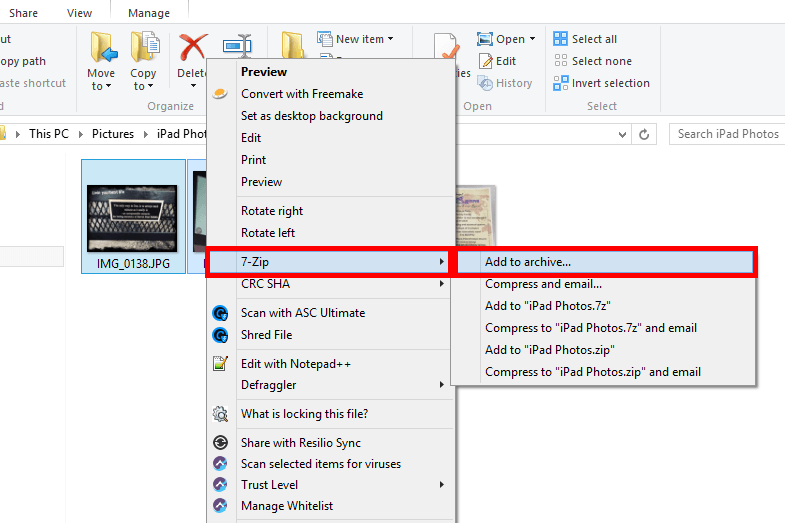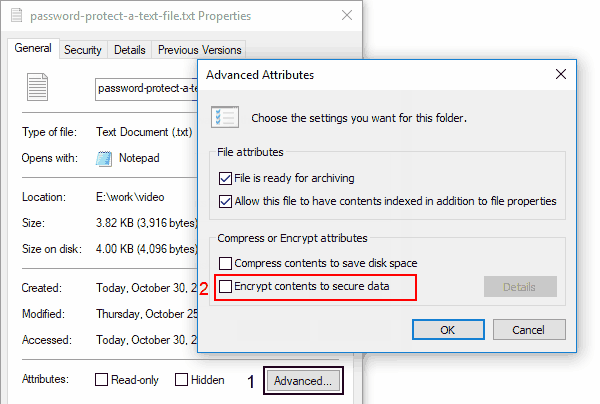

There are two ways of zipping a file on Windows. The process of zipping a file takes only a few clicks.

How to zip a file or a folder on Windows? Now that you know about a ZIP file and the benefits of zipping a file, let’s dive into the technicalities of how to zip a file/folder. ZIP files do have certain limitations like you can only compress the files to a certain limit and sometimes the ZIP file extensions get corrupted. You can compress any file, be it an image file, a word document, a pdf, an audio file, a video file, and every other file type. Zip files are a compressed and smaller version of the original file that takes up less space and storage as compared to the original file while retaining the quality of the file. Zipping the file will retain all the important data in the original file and remove the unnecessary cache and extra spaces within the file that is taking up space. This file is important to you, and you have to have it on your PC. Suppose you have a PDF file that is 90 MB in size, but you have lesser storage space on your PC/Laptop and hence cannot store this file. ZIP files are compressed files that use lossless data compression techniques to compress any and every kind of file.

If you are wondering what a ZIP file is, we have got you covered. To save storage space you need to compress your files using a ZIP file. So, now you can save your data while saving your time. You can do all of the above-mentioned activities in under a minute. Did you know that you can compress your files keeping the quality intact and can even password protect them? Yeah, you read it right. Your data is important and must be saved at all costs.


 0 kommentar(er)
0 kommentar(er)
